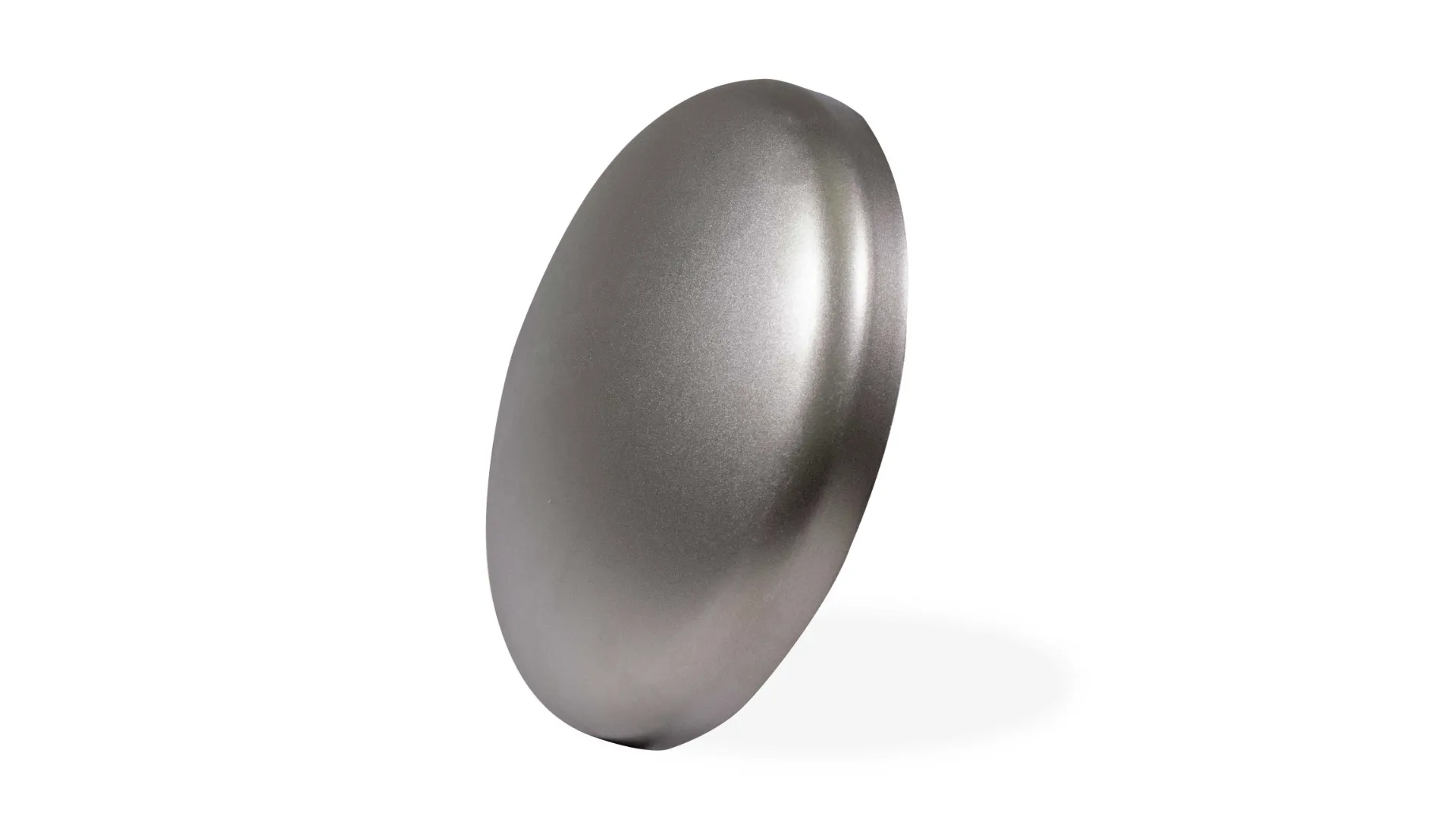-
Cangzhou Yulong Steel Co., Ltd.
-
Phone:
+86 13303177267 -
Email:
admin@ylsteelfittings.com
- English
- Arabic
- Italian
- Spanish
- Portuguese
- German
- kazakh
- Persian
- Greek
- French
- Russian
- Polish
- Thai
- Indonesian
- Vietnamese
- Zulu
- Korean
- Uzbek
- Hindi
- Serbian
- Malay
- Ukrainian
- Gujarati
- Haitian Creole
- hausa
- hawaiian
- Hebrew
- Miao
- Hungarian
- Icelandic
- igbo
- irish
- Japanese
- Javanese
- Kannada
- Khmer
- Rwandese
- Afrikaans
- Albanian
- Amharic
- Armenian
- Azerbaijani
- Basque
- Belarusian
- Bengali
- Bosnian
- Bulgarian
- Catalan
- Cebuano
- China
- China (Taiwan)
- Corsican
- Croatian
- Czech
- Danish
- Esperanto
- Estonian
- Finnish
- Frisian
- Galician
- Georgian
- Kurdish
- Kyrgyz
- Lao
- Latin
- Latvian
- Lithuanian
- Luxembourgish
- Macedonian
- Malgashi
- Malayalam
- Maltese
- Maori
- Marathi
- Mongolian
- Myanmar
- Nepali
- Norwegian
- Norwegian
- Occitan
- Pashto
- Dutch
- Punjabi
- Romanian
- Samoan
- Scottish Gaelic
- Sesotho
- Shona
- Sindhi
- Sinhala
- Slovak
- Slovenian
- Somali
- Sundanese
- Swahili
- Swedish
- Tagalog
- Tajik
- Tamil
- Tatar
- Telugu
- Turkish
- Turkmen
- Urdu
- Uighur
- Welsh
- Bantu
- Yiddish
- Yoruba

Nov . 07, 2024 12:08 Back to list
Sanitary Pipe Welding Techniques for Improved Efficiency and Quality in Food Processing Industry
Understanding Sanitary Pipe Welding Essential Techniques and Applications
Sanitary pipe welding is a critical process in the fabrication and assembly of piping systems used in various industries, particularly those requiring stringent hygiene standards, such as food and beverage, pharmaceuticals, and biotechnology. This specialized form of welding ensures that the pipes are not only strong and durable but also sterile, preventing contamination and maintaining product integrity.
Importance of Sanitary Pipe Welding
In industries where cleanliness is paramount, the materials and processes used must meet specific regulatory standards. Sanitary piping systems are designed to facilitate the easy cleaning and maintenance of pipelines, thereby minimizing the risk of contamination. Welding is an essential method of connecting these pipes, and choosing the right technique is crucial for ensuring hygiene and quality.
One of the key reasons for the importance of sanitary pipe welding is the need for smooth and seamless joints. Welds should not have any crevices or grooves where bacteria can harbor. This requirement leads to the use of specialized welding techniques, such as orbital welding and TIG (Tungsten Inert Gas) welding, which are capable of creating high-purity welds that adhere to stringent sanitary standards.
Key Welding Techniques
1. TIG Welding This method is widely used in sanitary pipe welding due to its precision and ability to produce high-quality welds. TIG welding employs a non-consumable tungsten electrode and an inert gas, usually argon, to protect the weld from oxidation and contamination. The result is a clean, strong joint that meets the hygiene standards required in sanitary applications.
2. Orbital Welding This advanced technique is often preferred for large-scale sanitary piping projects. Orbital welding utilizes a rotating electrode to create consistent, uniform welds around the tubing. This method not only enhances productivity but also significantly reduces the risk of human error and contamination, making it ideal for high-purity applications.
sanitary pipe welding

3. Stick Welding and MIG Welding While less common in sanitary applications, these methods may still be used in specific contexts. Stick welding can provide strong joints, but the potential for slag inclusions makes it less desirable for sanitary applications. Similarly, while MIG welding can be efficient, it often fails to achieve the cleanliness and smoothness required for food-grade systems.
Materials Used in Sanitary Pipe Welding
The choice of materials is also crucial in sanitary pipe welding. Stainless steel, particularly types 304 and 316L, is the material of choice due to its excellent corrosion resistance, strength, and ease of cleaning. These materials can withstand both high temperatures and aggressive cleaning methods, making them ideal for use in environments where hygiene is critical.
Quality Control and Inspection
Given the importance of hygiene in sanitary applications, rigorous quality control measures are essential during and after the welding process. Non-destructive testing (NDT) methods, such as ultrasonic testing and dye penetrant testing, are often employed to ensure that the welds are free from defects and up to industry standards. Additionally, visual inspections are crucial for identifying any potential issues before the system is put into operation.
Conclusion
Sanitary pipe welding is a vital aspect of maintaining hygiene and safety in various industries. With its focus on precision, cleanliness, and regulatory compliance, the techniques employed in sanitary welding can significantly impact the overall quality and reliability of piping systems. By understanding the importance of this specialized welding process and the techniques involved, manufacturers can ensure that they produce high-quality, sanitary piping that meets the rigorous demands of their respective industries. As a result, investing in proper training and equipment for sanitary pipe welding is not only beneficial but necessary for maintaining product integrity and safety.
Latest news
-
ANSI 150P SS304 SO FLANGE
NewsFeb.14,2025
-
ASTM A333GR6 STEEL PIPE
NewsJan.20,2025
-
ANSI B16.5 WELDING NECK FLANGE
NewsJan.15,2026
-
ANSI B16.5 SLIP-ON FLANGE
NewsApr.19,2024
-
SABS 1123 FLANGE
NewsJan.15,2025
-
DIN86044 PLATE FLANGE
NewsApr.19,2024
-
DIN2527 BLIND FLANGE
NewsApr.12,2024
-
JIS B2311 Butt-Welding Fittings LR/SR 45°/90° /180°Seamless/Weld
NewsApr.23,2024











